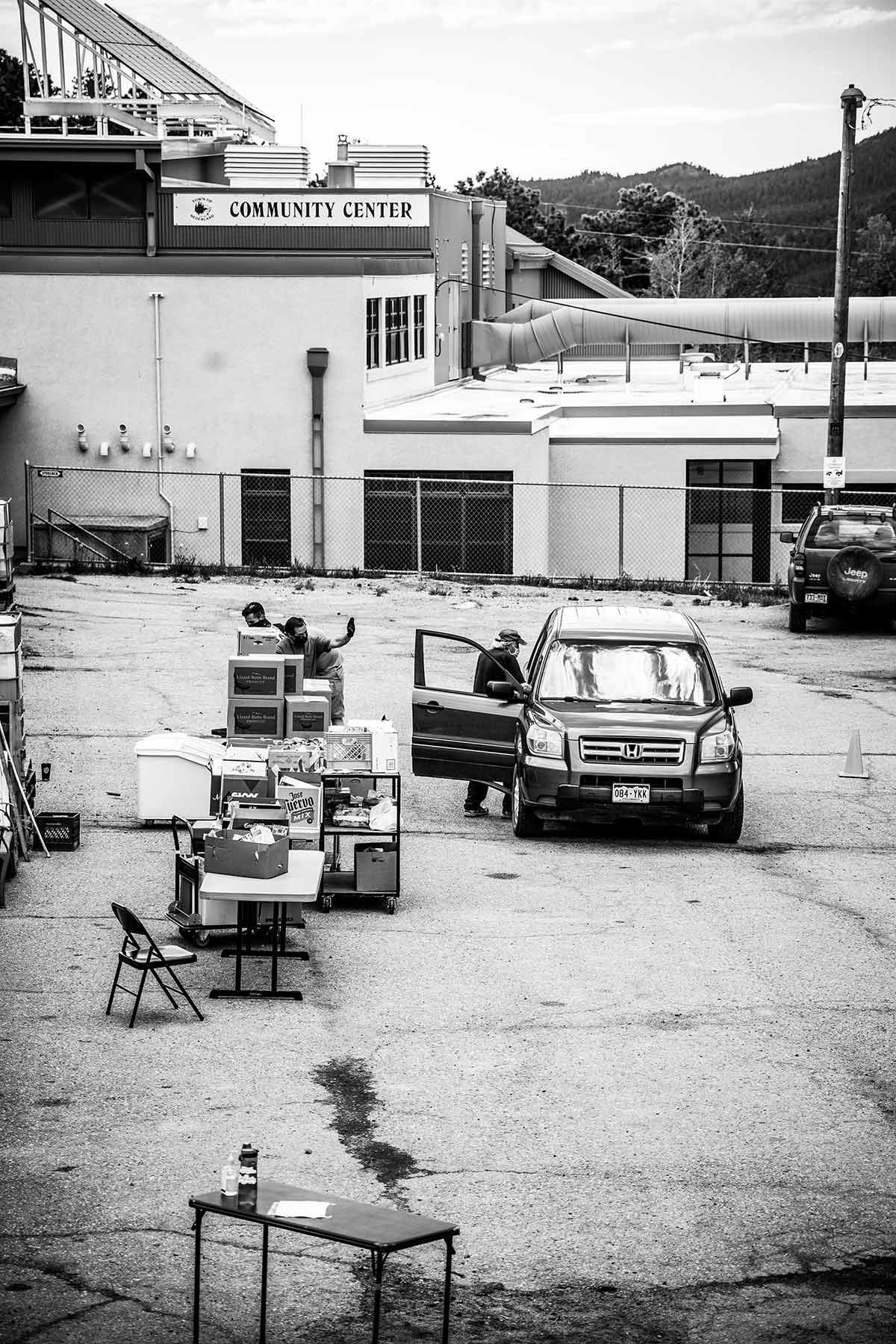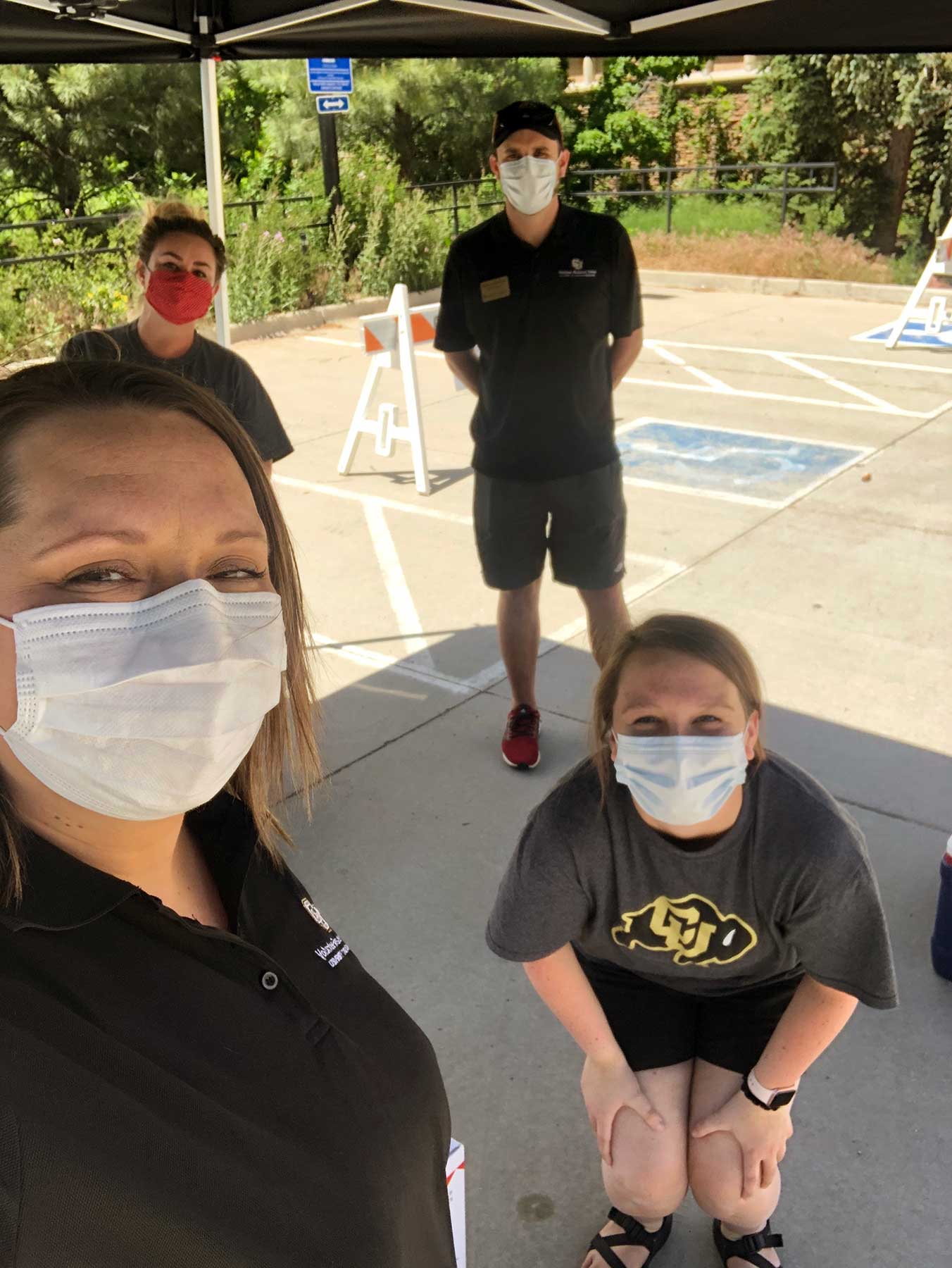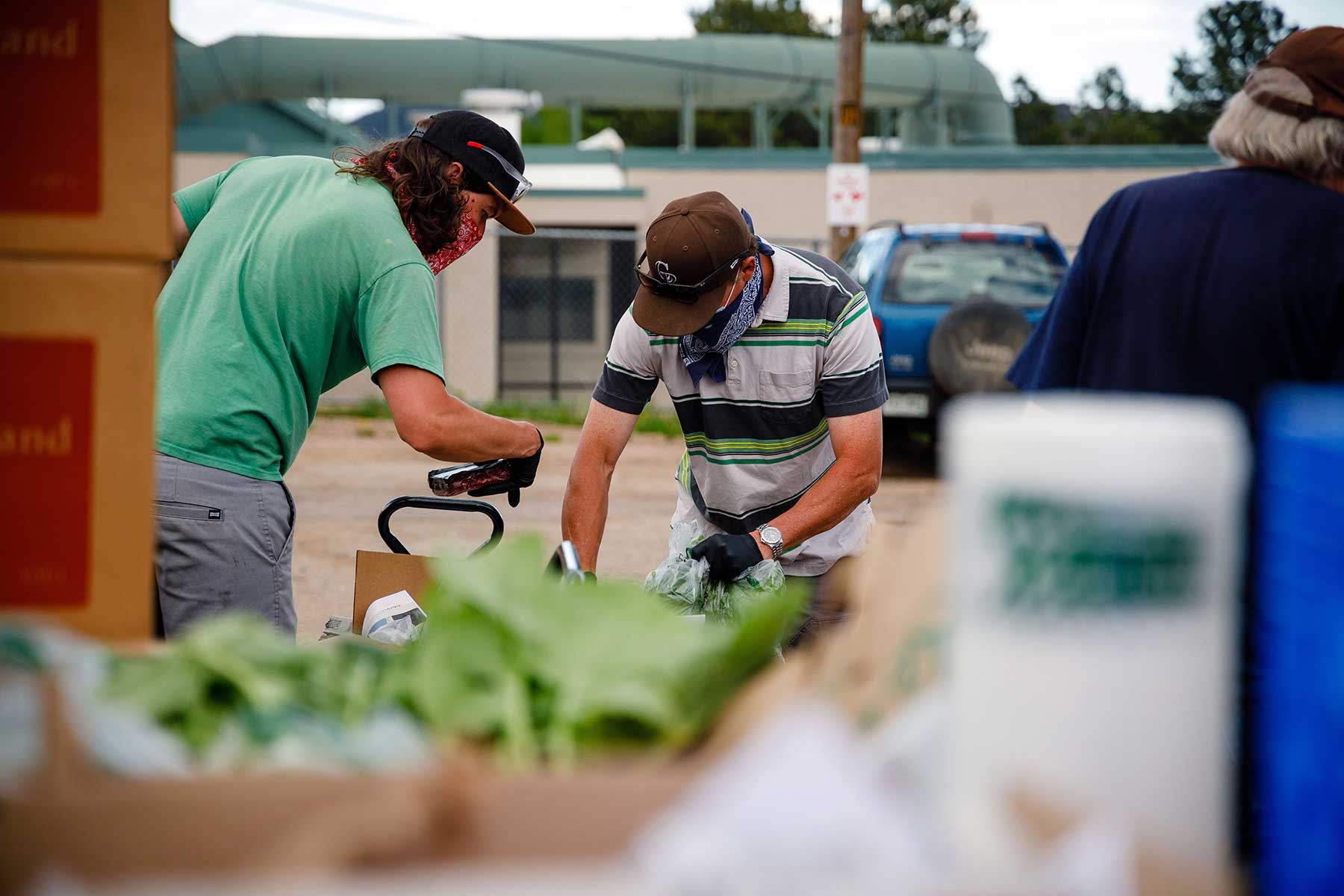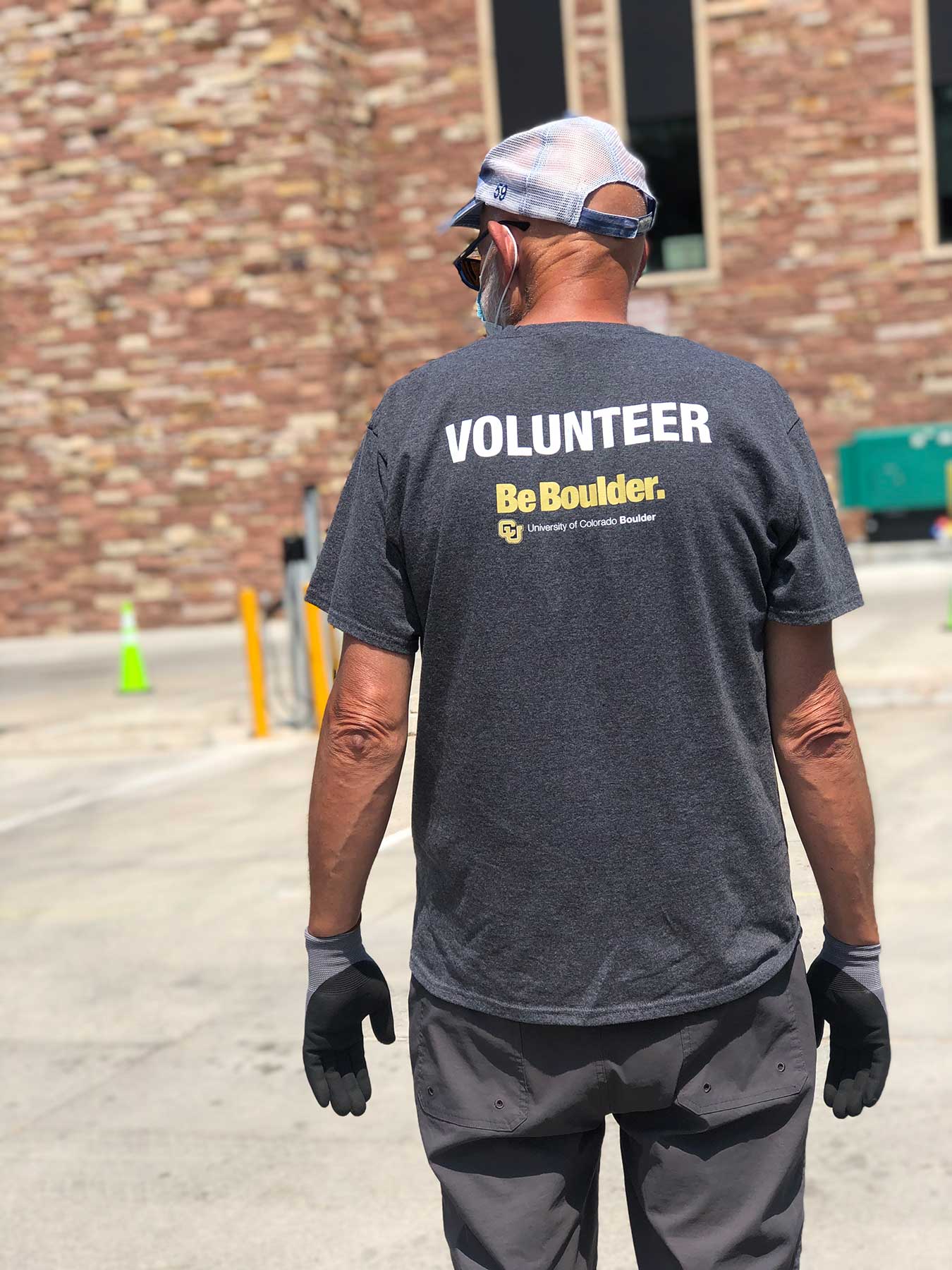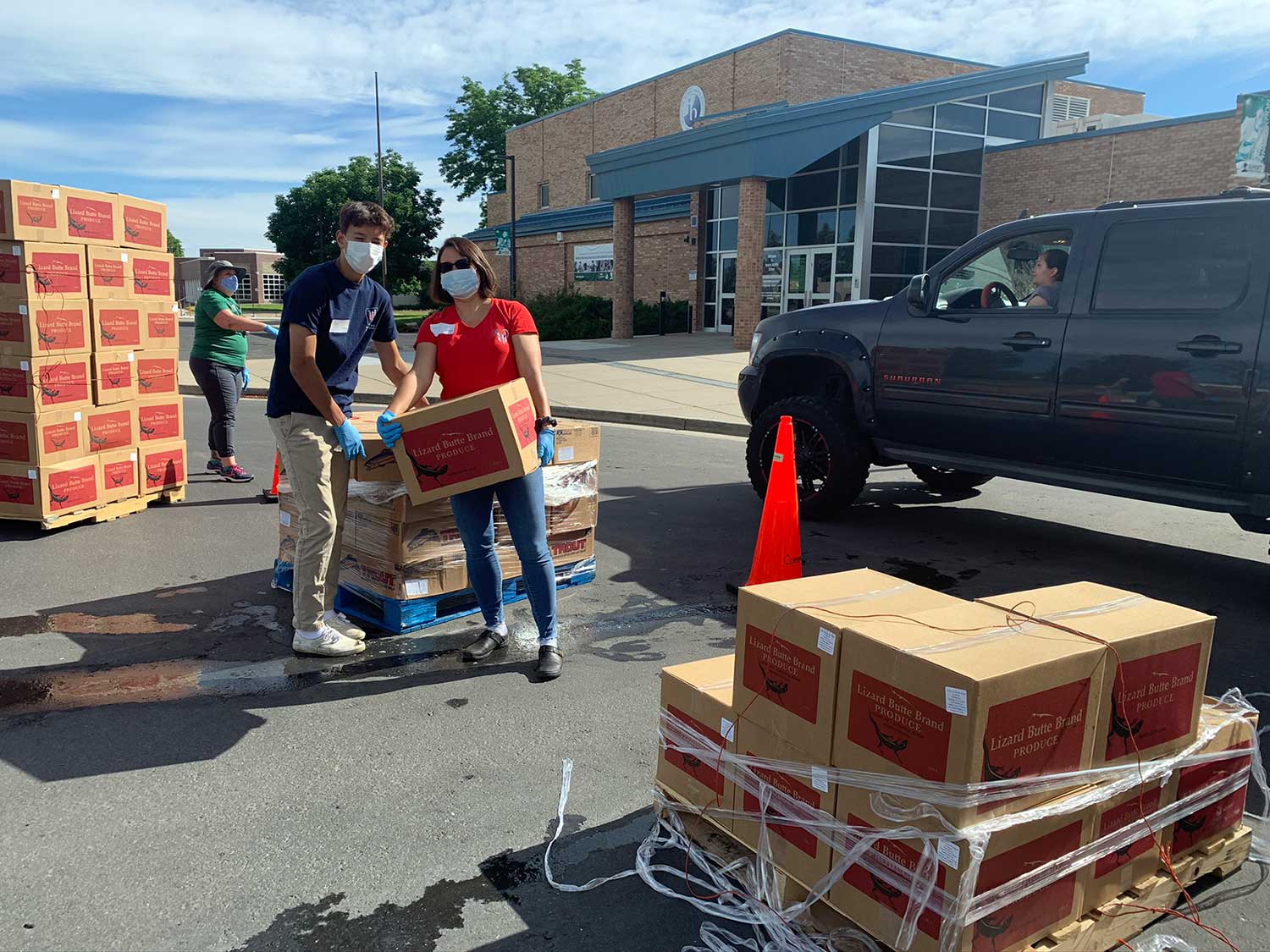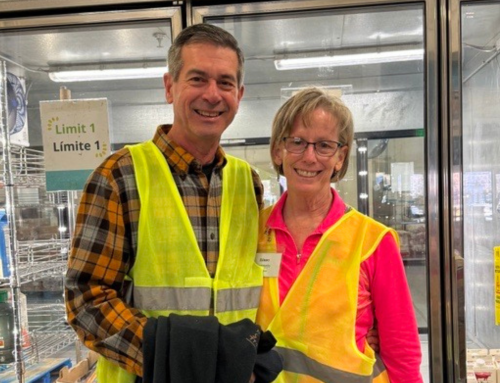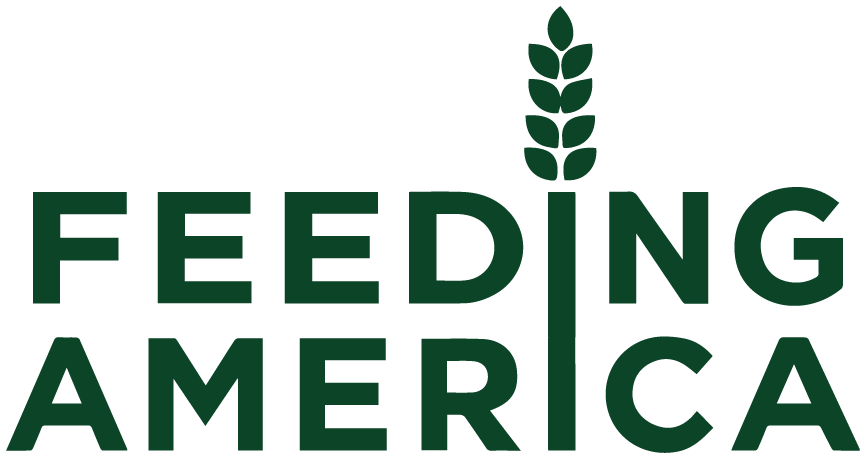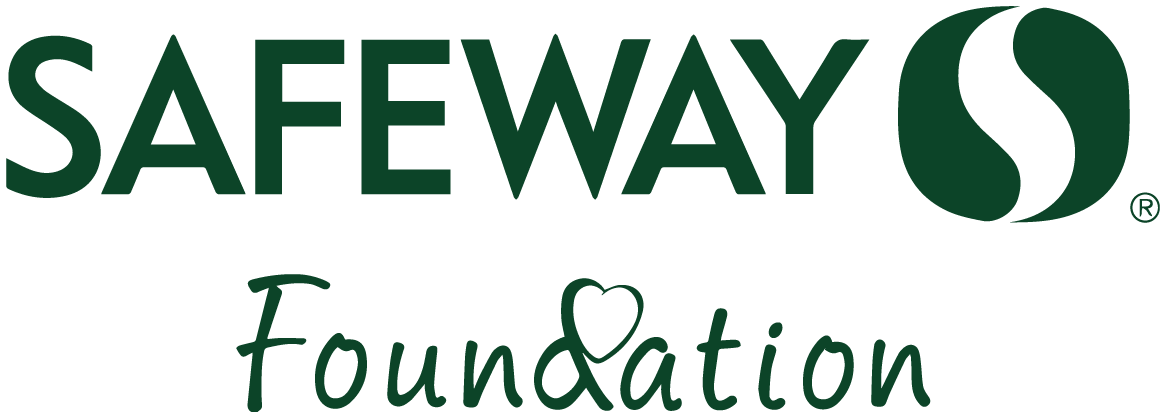Dumped milk. Buried onions. Plowed-under potatoes. The coronavirus pandemic has not only become the worst public health crisis in modern history — it’s a financial nightmare for farmers and a food waste disaster.
But the USDA’s Coronavirus Food Assistance Program works to address these issues, and the program’s positive impact has been felt close to home, right here at Community Food Share.
When crises conjoin
As businesses in the food industry shuttered their doors during recent lockdowns, demand for agricultural products dried up. Farmers suddenly found themselves without buyers for the products they’d already invested in growing.
Underpaid and under-resourced, many farmers simply lacked the infrastructure and processes necessary to transport and donate products to food pantries. Most were forced to do the unthinkable: destroy entire harvests for lack of a financially-feasible alternative. Dairy Farmers of America, for example, estimates that farmers were dumping as many as 3.7 million gallons of milk per day in April; a single chicken egg producer was smashing 750,000 eggs every week.
At the same time, more Americans lost their jobs in three months of the pandemic than during two years of the Great Recession. In April, the unemployment rate hit a stark 14.4%, with many experts pointing to even higher estimates.
Without income, many people have had to turn to food assistance for the very first time, relying on food banks like ours. The resulting situation was one that many found intolerable — tens of millions of pounds of food were going to waste while more Americans than ever before worried about putting food on their families’ tables.
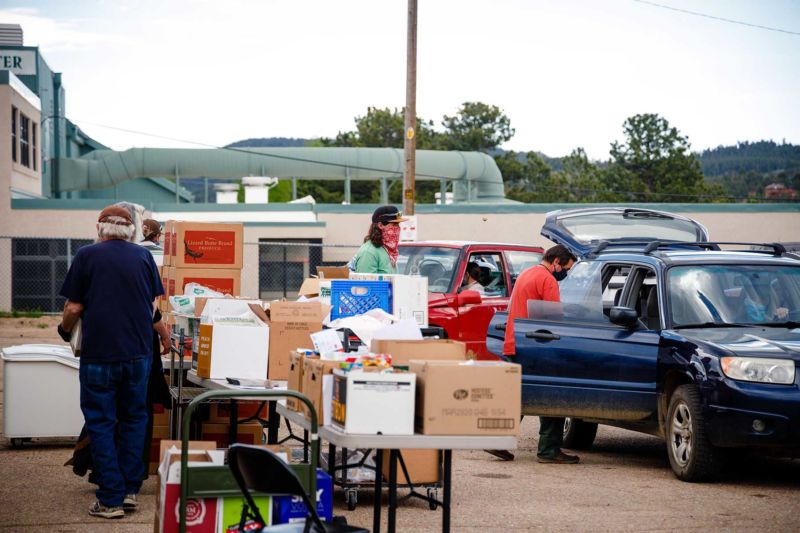
Nederland Food Pantry distributes boxes of fresh produce to local residents in a drive-through distribution. Photo courtesy of Caroline Colvin Photography.
From far-away farmers to families in Boulder and Broomfield Counties
Fortunately, the federal government stepped in to create the Coronavirus Food Assistance Program (CFAP), also known as the Farmers to Families Food Box Program. The program allows the government to buy up excess food from farmers and send it to the nation’s food banks and pantries.
By our accounts at Community Food Share, the program is making great impact.
From May 15 to July 1, Community Food Share received 8,450 boxes of CFAP fresh produce boxes to distribute through our own programs as well as our Partner Agencies. We also worked quickly to establish a new “pop-up” model: we partnered with local schools, Boulder Housing Partners, and Clinica Family Health to bring hundreds of fresh produce boxes to locations throughout Boulder and Broomfield Counties. Many of our pop-ups took place on Saturdays so that we could reach community members who are unable to visit our programs and partners during the week. With their trunks open, visitors took home pounds of carrots, cabbage, apples, onions, and other fresh items.
At our first pop-up at University of Colorado Boulder, we ran out of food in just 45 minutes, after sending 336 CU students, faculty, and staff home with 20-pound boxes of produce. In that one distribution, we helped get 6,720 pounds of fresh food that may otherwise have gone to waste onto the plates of our neighbors.
In total, our food bank has served thousands of our community members with CFAP food boxes from farms as far away as Washington.
Community. Food. Share.
This collaboration between the USDA, farmers, and food banks will continue throughout the summer, and perhaps until the end of the year. At Community Food Share, we will continue pop-up distributions through August. We are heartened and energized to see the implementation of innovative solutions that, in the end, mean more food is getting to the tables of those who need it.
The pandemic has shown just how much we have to lose: our livelihoods, our health, and — in some cases — the lives of loved ones. But it has also shown how much we have to gain. By working together, creating new systems, and forming new partnerships that truly support one another, we may just get out of this pandemic stronger, wiser, and more resilient in the face of challenges to come.
This photography was generously donated by Caroline Colvin Photography.




